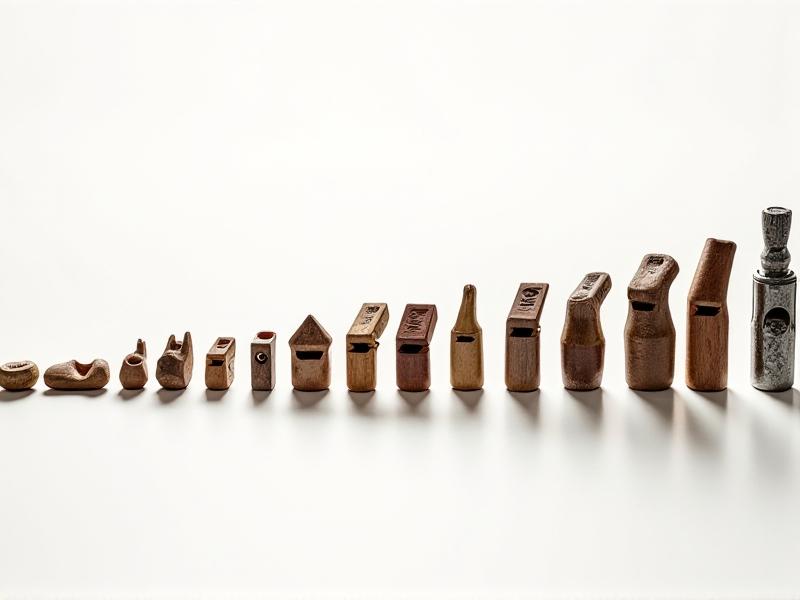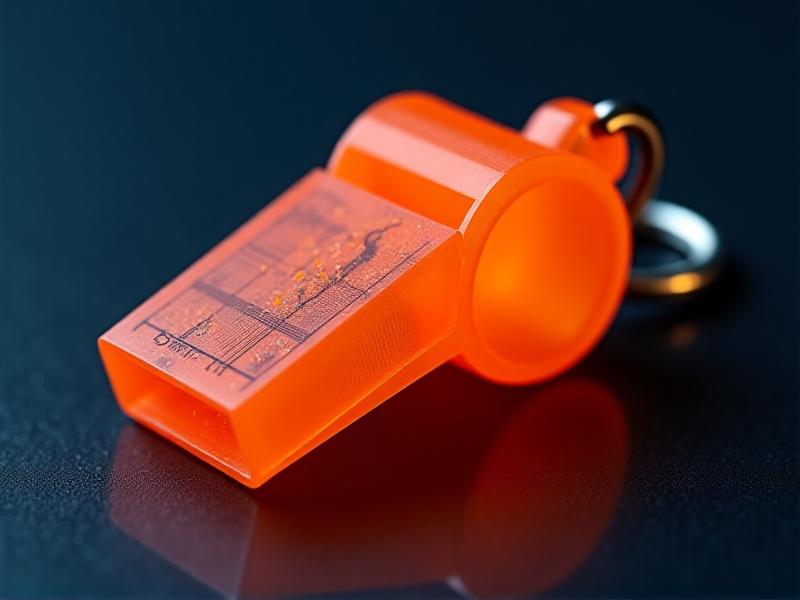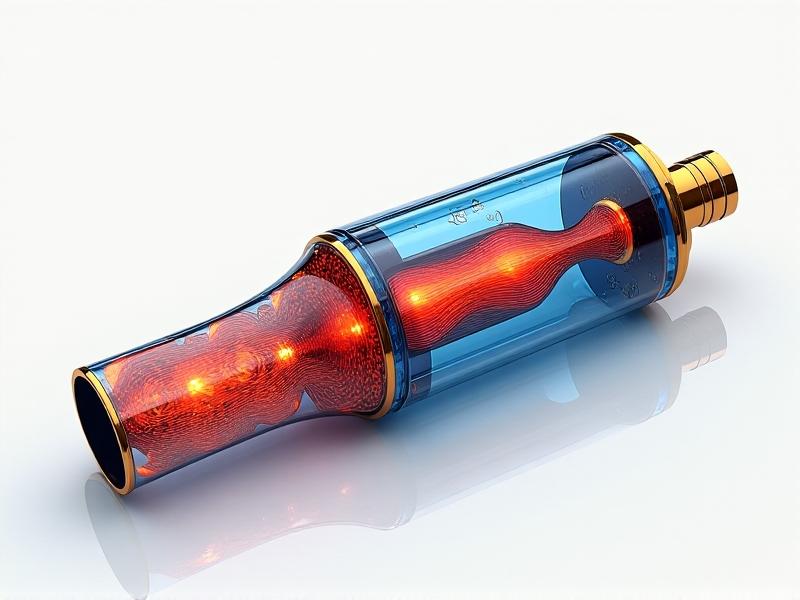Acoustic Frequency Analysis in Modern Whistle Design
The Science Behind Acoustic Frequency Analysis
Acoustic frequency analysis is a cornerstone of modern whistle design, enabling engineers to create devices that produce clear, consistent, and effective sounds. At its core, this process involves studying the sound waves generated by a whistle and understanding how different frequencies interact with the environment. By analyzing these frequencies, designers can optimize the pitch, volume, and tone of a whistle to suit specific applications, whether for sports, safety, or musical purposes.
The science begins with the physics of sound. Air pushed through a whistle causes vibrations that generate sound waves. These waves have specific frequencies, measured in Hertz (Hz), which determine the pitch of the sound. Higher frequencies result in higher-pitched sounds, while lower frequencies produce deeper tones. Acoustic frequency analysis tools, such as spectrograms and frequency analyzers, allow designers to visualize and measure these frequencies, ensuring the whistle performs as intended.
Understanding the harmonic structure of a whistle’s sound is also crucial. Harmonics are multiples of the fundamental frequency that add richness and complexity to the sound. By manipulating these harmonics, designers can create whistles that are more audible over long distances or in noisy environments. This level of precision is particularly important in safety whistles, where clarity and reach can be life-saving.

Evolution of Whistle Design Through Frequency Analysis
The history of whistle design is a testament to the power of acoustic frequency analysis. Early whistles were simple devices, often made from wood or metal, that relied on basic principles of sound production. While effective for their time, these whistles lacked the precision and versatility of modern designs. The advent of advanced acoustic analysis tools has revolutionized the field, enabling designers to create whistles tailored to specific needs.
One of the most significant advancements has been the ability to fine-tune the frequency response of a whistle. By analyzing the acoustic properties of different materials and shapes, engineers can now design whistles that produce optimal sound output with minimal effort. For example, high-density plastics and metals are often used to create whistles with sharp, piercing tones, while softer materials may be chosen for more mellow sounds.
The integration of frequency analysis into the design process has also led to innovations in whistle ergonomics. Modern whistles are not only acoustically optimized but also designed for comfort and ease of use. Features such as ergonomic mouthpieces and anti-choke designs ensure that users can produce consistent sound without discomfort, making them ideal for prolonged use in sports or emergency situations.

Applications of Acoustic Frequency Analysis in Whistle Design
Acoustic frequency analysis plays a vital role in a wide range of whistle applications, each requiring unique sound characteristics. In sports, for instance, referees rely on whistles that produce loud, high-pitched sounds to signal fouls or stoppages. By analyzing the frequency response of different designs, engineers can create whistles that cut through the noise of a crowded stadium, ensuring that players and spectators hear the signal clearly.
Another important use is safety whistles. Often used in crises, these gadgets draw attention or call for assistance. Acoustic frequency analysis ensures that safety whistles produce sounds that can travel long distances and penetrate through environmental noise, such as wind or water. This is particularly important for marine safety whistles, which must be audible over the sound of waves and wind.
Musical whistles, such as those used in traditional folk music, also benefit from frequency analysis. By studying the harmonic structure of these instruments, designers can create whistles that produce rich, melodic tones. This level of precision allows musicians to express themselves more fully, enhancing the overall quality of their performances.

Challenges and Innovations in Modern Whistle Design
Despite the advancements in acoustic frequency analysis, modern whistle design is not without its challenges. One of the primary issues is balancing sound output with user comfort. Whistles that produce extremely high-pitched sounds can be effective in noisy environments but may cause discomfort or even hearing damage with prolonged use. Engineers must carefully analyze the frequency spectrum to ensure that the whistle is both effective and safe.
Another challenge is designing whistles for specific environmental conditions. For example, whistles used in high-altitude environments may behave differently than those at sea level due to changes in air density. Acoustic frequency analysis allows designers to account for these variables, ensuring consistent performance across different conditions.
Innovations in materials and manufacturing techniques are also driving progress in whistle design. 3D printing, for instance, enables rapid prototyping and testing of new designs, allowing engineers to iterate quickly and refine the acoustic properties of a whistle. Additionally, the use of advanced composites and alloys can enhance the durability and sound quality of whistles, making them more reliable in demanding applications.
The Future of Whistle Design: Trends and Predictions
As technology continues to evolve, the future of whistle design looks promising. The inclusion of smart technology into whistles is one such trend. For example, some manufacturers are exploring the use of sensors and Bluetooth connectivity to create whistles that can transmit signals to electronic devices. This innovation could revolutionize sports officiating, allowing referees to communicate more effectively with players and coaches.
Another exciting development is the use of artificial intelligence (AI) in acoustic frequency analysis. AI algorithms can analyze vast amounts of acoustic data, identifying patterns and optimizing designs more efficiently than traditional methods. This could lead to the creation of whistles with unprecedented levels of precision and performance.
Environmental sustainability is also becoming a priority in whistle design. To lessen the environmental effect of their products, manufacturers are looking more and more at sustainable materials and manufacturing techniques. By combining sustainability with advanced acoustic analysis, the next generation of whistles will not only sound better but also be better for the planet.






